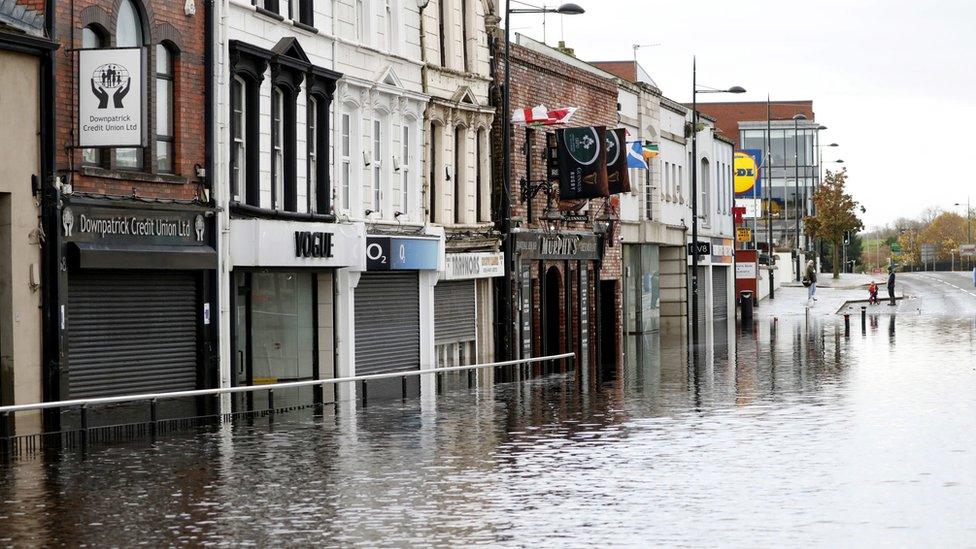As the UK experiences increasingly extreme weather, Lissa Wood, director of SME customers at water retailer Wave, offers advice on flood prevention methods
Flooding is the most likely hazard to cause damage and disruption to your property. For small business owners, flooding can be particularly devastating. In 2022, the average cost of damage was around £80,000 and 40% of small businesses had to close for good following a flood.
While we don’t want to cause alarm, preparing your property to be ready in the event of a flood is good business practice and could be the difference between business recovery and failure, if the worst does happen.
Be proactive
Protecting your business from the impact of flooding means being proactive. You can install practical equipment including removable barriers which seal doors and windows, as well as air bricks, effective toilets and drains. You can also install non-return valves on your pipes which make sure flood water can only flow away from the building.
Raising electrical sockets, control circuits and panels above the predicted waterline is also recommended if you live in an area known for flooding. Builders can incorporate flood-resistant materials as part of the building’s construction which can help to reduce costs after a flood has happened.
The weather isn’t the only thing that can cause floods – leeks can also cause unnecessary damage. Even a small leak could become an expensive problem if it isn’t dealt with quickly as they can often go unnoticed, increasing your chances of burst pipes. Checking for leaks is something you can do yourself with a leak and flow test.
Preventing the worst impacts of flooding also means making sure you’ve the right insurance in place. Storm cover insurance and business interruption insurance should be key features of your policy, so make sure you check it fully and upgrade if necessary.
Also it’s worth seeing if your business is at risk of flooding and signing up for flood warnings through The Environment Agency. This is a 24-hour, free, automated service that phones you to warn when a flood is likely in your postcode area.
Developing a flood plan
The key element of your flood preparation should be drawing up your flood plan. This should include:
- Your insurance policy number and a paper copy
- Staff details including emergency contacts
- A staff evacuation plan
- A floor plan of the building
- A first aid kit
There may be additional information you need such as customer files, but this will depend on your business.
The plan should outline the exact steps to take in the event of a flood and should be communicated to all staff and training given if necessary.
Worrying about the risk of flood shouldn’t overwhelm your business, however, being organised and planning for difficult scenarios means you’re better placed to keep risks at bay and minimise any damage that occurs.










